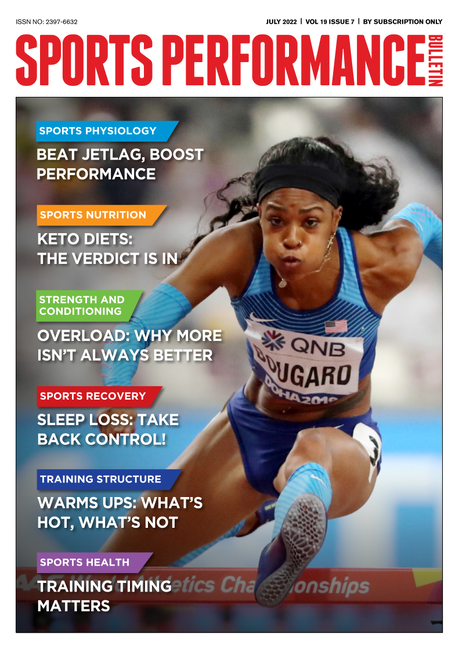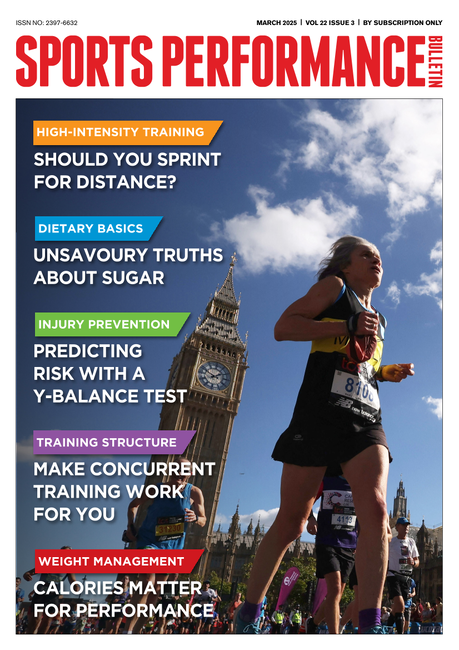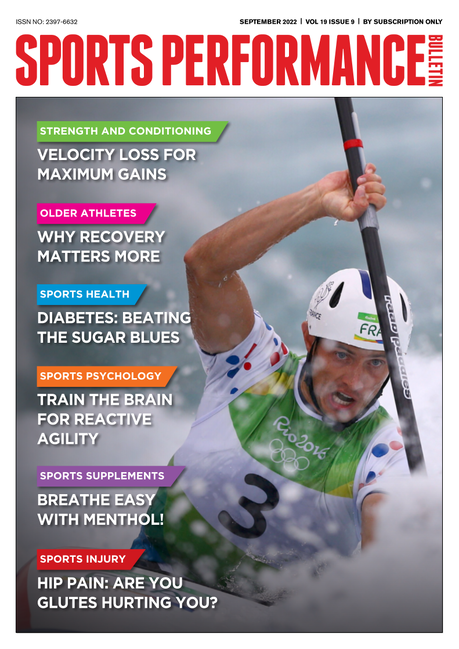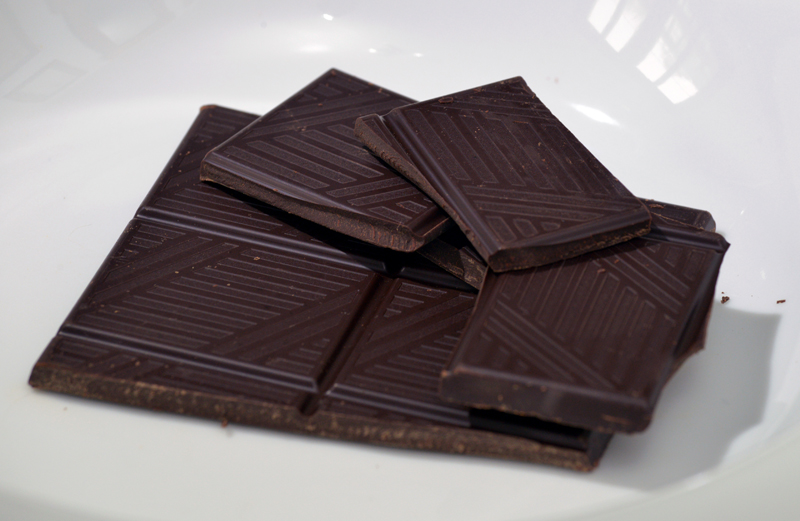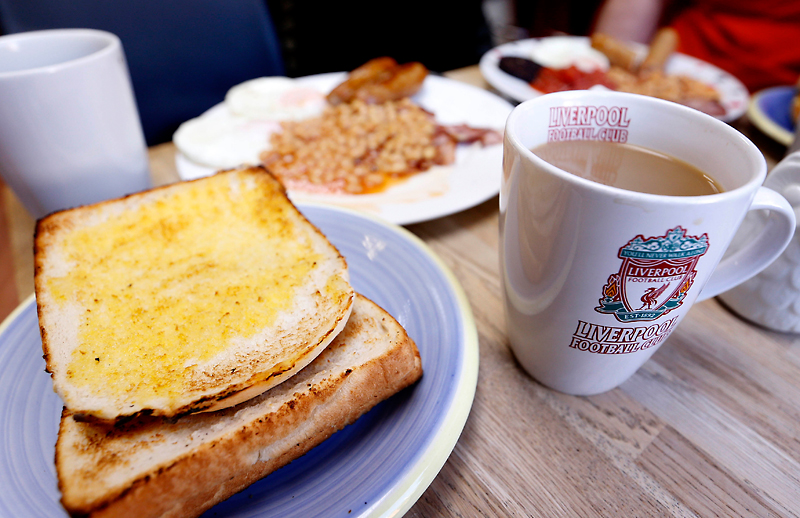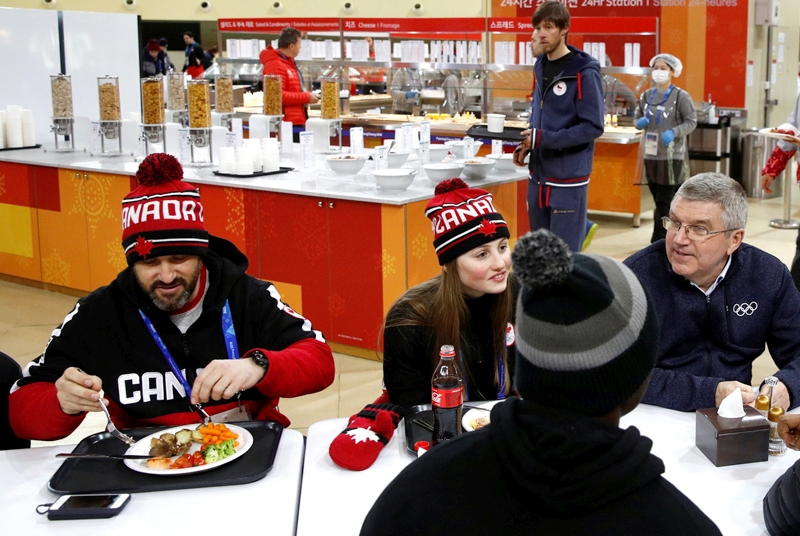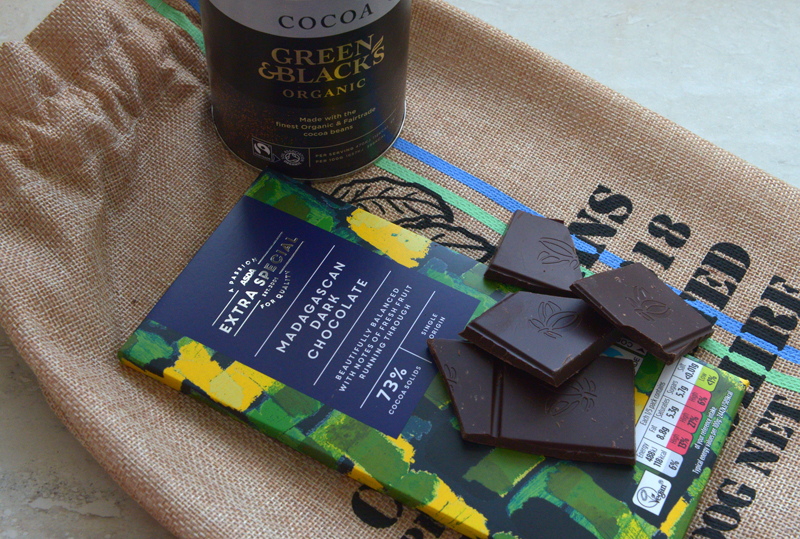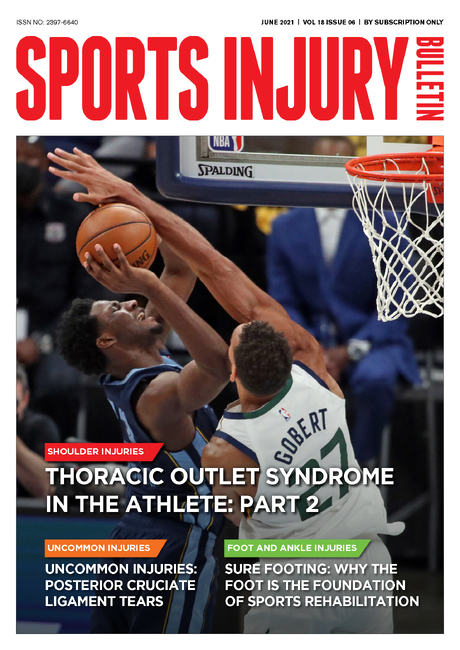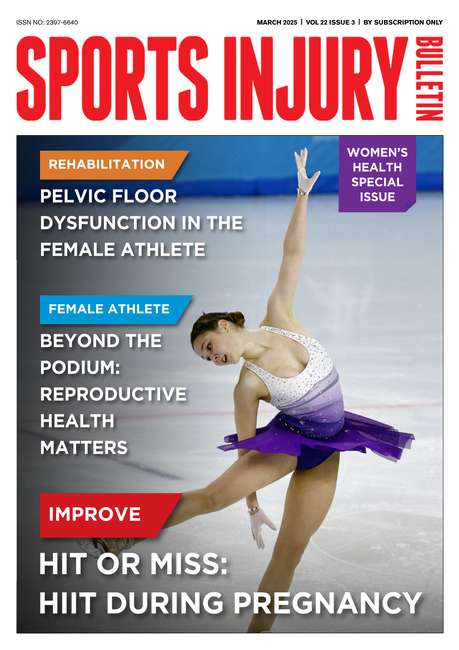Steel yourself: why iron nutrition still matters for performance

Most of you know (or should know!) that iron is a mineral required for the formation of red blood cells used to transport oxygen around the body to hard working muscles. It’s also common knowledge that a shortfall of iron can result in fatigue, listlessness and a general lack of energy. However, what you may be less aware of is that iron is one of the most difficult minerals to absorb, and that you could be especially vulnerable to iron depletion through training-induced losses, especially if your event involves running and/or you undertake a high volume of training.
To make matters even more complicated; the iron in many foods (especially vegetable foods), isn’t always easy to absorb and is made more difficult by things like tea, coffee and dietary fibre which further impede iron absorption. Female athletes face additional problems due to monthly menstrual blood losses. Numerous previous studies on iron status in athletes have indicated that that sub-optimum levels of iron are surprisingly common, even among those with good diets. Moreover, quite recent research on endurance athletes such as runners and triathletes provides further evidence that meeting iron needs is an ever-present problem.
Runners, triathletes and iron status
In a study published last year, researchers retrospectively examined the blood test results collected from 38 elite runners and triathletes over a 6-year period from 2009-2015 [Clin J Sport Med. 2017 Sep;27(5):493-498]. In particular, they looked at levels of serum ferritin (an iron-storage protein circulating in the blood) and haemoglobin (the iron-containing molecule in red blood cells that transports oxygen around the body). They also questioned the athletes about their use of iron supplements during that period to see how protective iron supplementation had been against iron deficiency.The first key finding was the incidence of iron deficiency among the runners and triathletes was higher than might be expected, and significantly higher than that reported for endurance athletes in previous studies. The second finding was that this higher incidence was reported for both male and female athletes; indeed, the male athletes had actually suffered from HIGHER levels of iron deficiency than their female counterparts! Moreover, although some of the athletes routinely used iron supplements (or had been prescribed them following testing), there seemed to be no relationship between supplement use and subsequent iron status – ie the supplements didn’t appear to offer a protective effect against deficiency. Clin J Sport Med. 2016 Sep 5. [Epub ahead of print]
What do these findings mean?
It may not be an exciting or sexy nutrient, but an optimum iron status is absolutely vital for ensuring maximum endurance performance. What the above study seems to show is that despite our better understanding of the importance of iron nutrition in recent years, many athletes still struggle to maintain an optimum iron status. Perhaps more surprising is the fact that (in this study at least) the male athletes were more likely than the females to struggle with iron sufficiency. Whether this is due to higher training volumes or being less aware of the risks of iron deficiency than their female counterparts is hard to say; either way, it suggests that all endurance athletes should pay attention to their iron nutrition, regardless of gender.Practical implications for athletes
Try these tips to help ensure you maximise your dietary iron intake:- *Non-vegetarians — try to include some lean cuts of red meat in your diet once or twice each week.
- *Vegetarians — try to include more beans (especially lima beans), lentils, dark green leafy vegetables in the diet, as well as eggs and nuts, and other iron-rich foods (see table 1).
- *All athletes — try to consume plenty of vitamin C-rich foods (citrus fruits, berries, new potatoes, broccoli, sprouts, tomatoes, peppers, kiwis etc with your iron-rich foods. Vitamin C helps convert dietary iron into its most absorbable form in the body, which can increase uptake from the gut by up to 4 times.
- *Consider baking your own bread using teff flour; teff is much richer in iron than other whole grains and makes a great iron-rich carbohydrate food!
- *Don’t drink tea and coffee with your meals; the natural tannins present in these drinks strongly bind any iron present, making it less available to the body.
- *Don’t use bran or other products with added bran. Bran is high in compounds that bind iron and make it less absorbable. If you want more fibre in your diet, get it by eating whole grain breads and cereals in the first place.
- *Cook using stainless steel cookware — it can add useful amounts of iron to cooked foods.
- *Don’t take iron supplements without a proven need; the use of high-strength iron supplements for long periods of time can induce toxicity. If you think you are a high risk of iron insufficiency, ask your GP for an iron status test and one that includes serum ferritin as well as haemoglobin.
Table 1 Good vegetable sources of iron
| Food | Iron (milligrams) |
|---|---|
| Teff bread (100g) (made from red teff flour) | 5.6 |
| Fortified breakfast cereal (1 cup)* | 4.5 |
| Pumpkin seeds (1 oz) | 4.2 |
| Blackstrap molasses (1 Tablespoon) | 3.5 |
| Spinach, boiled (1/2 cup) | 3.2 |
| Red kidney beans, cooked (1/2 cup) | 2.6 |
| Prune juice (3/4 cup) | 2.3 |
| Lima beans, cooked (1/2 cup) | 2.2 |
| Tofu, firm (1/2 cup) | 2.0 |
| Pretzels (1 oz) | 1.2 |
| Whole-wheat bread (1 slice) | 0.9 |
| Green beans, cooked (1/2 cup) | 0.8 |
| Egg yolk, large (1) | 0.6 |
| Peanut butter, chunky (2 tablespoons) | 0.6 |
| Apricots, dried (3) | 0.6 |
You need to be logged in to continue reading.
Please register for limited access or take a 30-day risk-free trial of Sports Performance Bulletin to experience the full benefits of a subscription.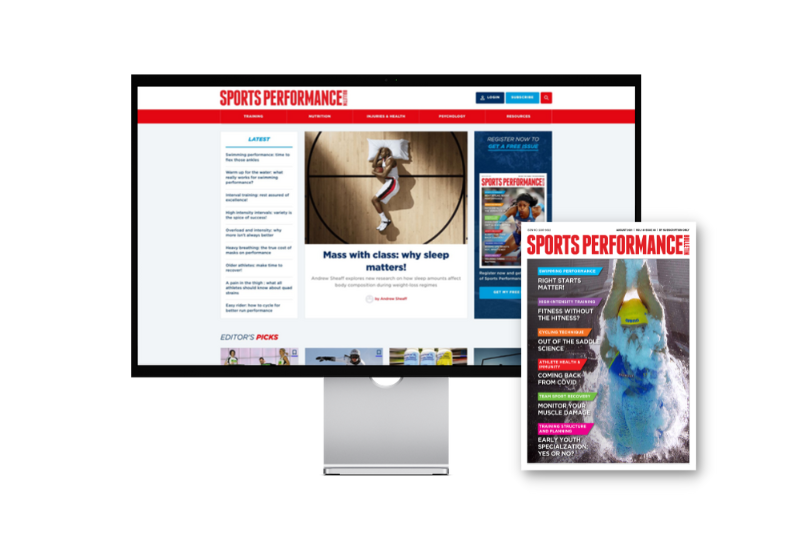 TAKE A RISK-FREE TRIAL
TAKE A RISK-FREE TRIAL
Newsletter Sign Up
Testimonials
Dr. Alexandra Fandetti-Robin, Back & Body Chiropractic
Elspeth Cowell MSCh DpodM SRCh HCPC reg
William Hunter, Nuffield Health
Newsletter Sign Up
Coaches Testimonials
Dr. Alexandra Fandetti-Robin, Back & Body Chiropractic
Elspeth Cowell MSCh DpodM SRCh HCPC reg
William Hunter, Nuffield Health
Keep up with latest sports science research and apply it to maximize performance
Today you have the chance to join a group of athletes, and sports coaches/trainers who all have something special in common...
They use the latest research to improve performance for themselves and their clients - both athletes and sports teams - with help from global specialists in the fields of sports science, sports medicine and sports psychology.
They do this by reading Sports Performance Bulletin, an easy-to-digest but serious-minded journal dedicated to high performance sports. SPB offers a wealth of information and insight into the latest research, in an easily-accessible and understood format, along with a wealth of practical recommendations.
*includes 3 coaching manuals
Get Inspired
All the latest techniques and approaches
Sports Performance Bulletin helps dedicated endurance athletes improve their performance. Sense-checking the latest sports science research, and sourcing evidence and case studies to support findings, Sports Performance Bulletin turns proven insights into easily digestible practical advice. Supporting athletes, coaches and professionals who wish to ensure their guidance and programmes are kept right up to date and based on credible science.

